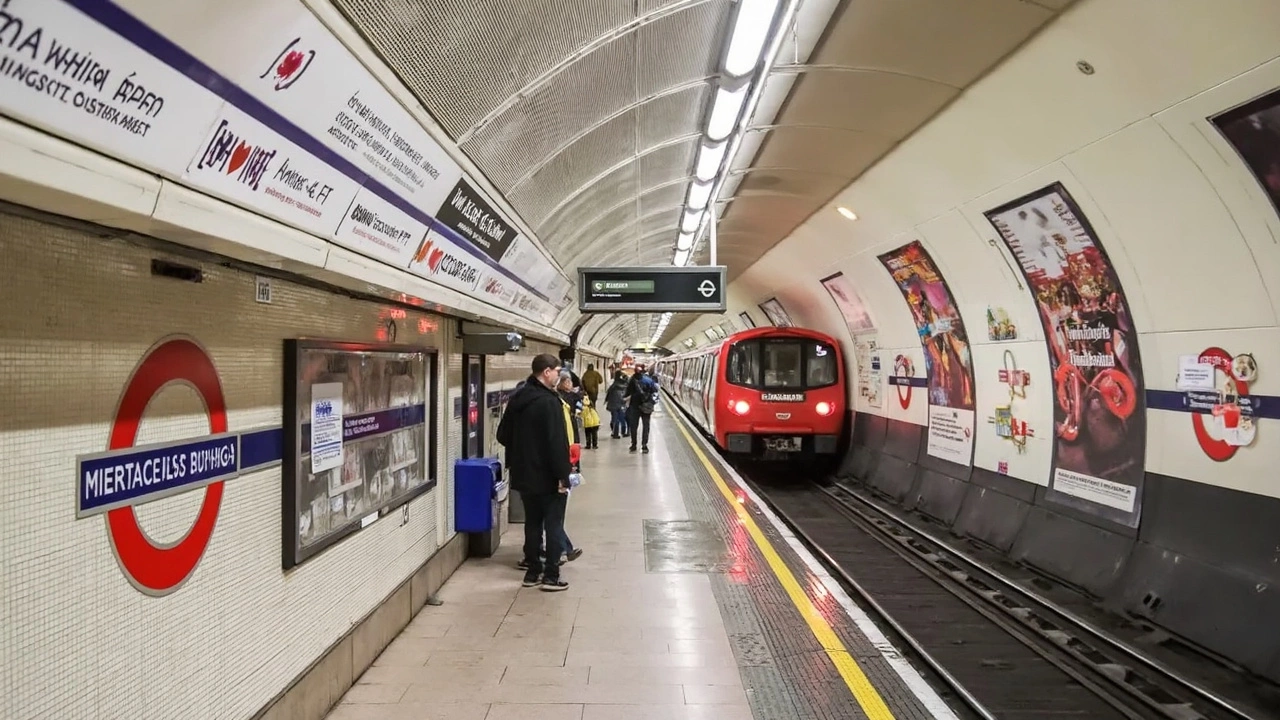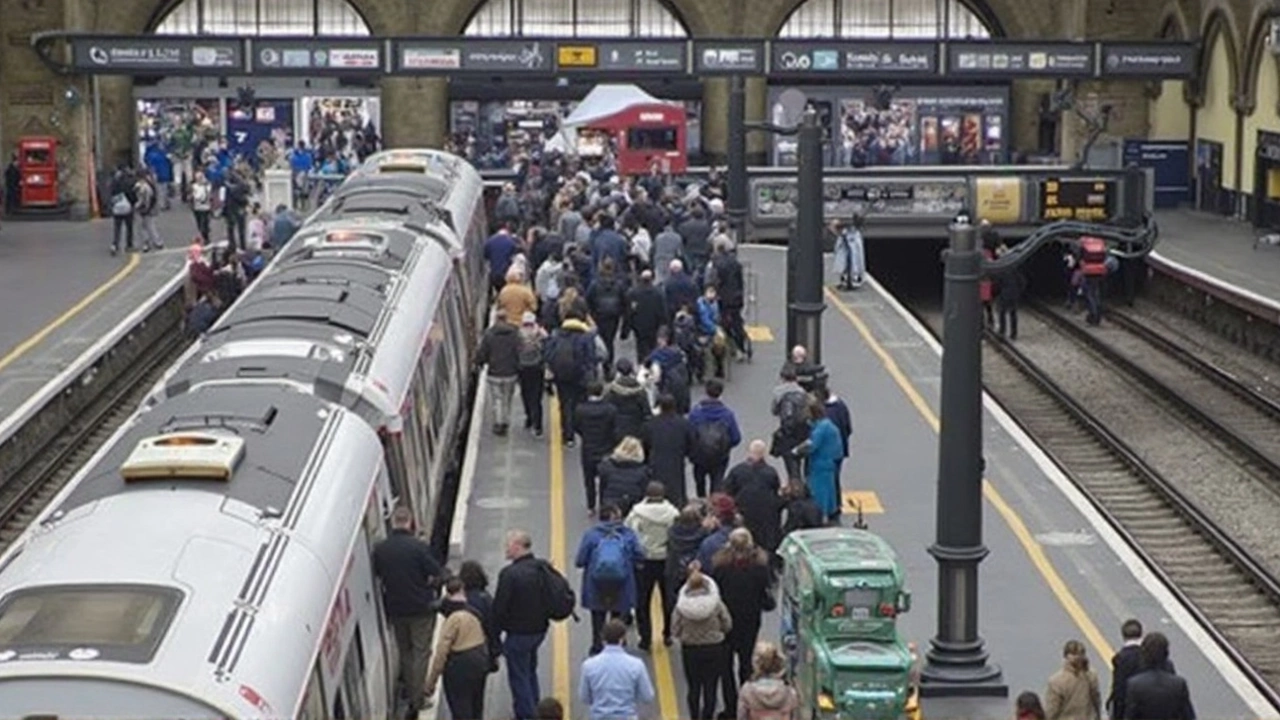Unplanned Evacuation Throws London Evening Commute into Turmoil
London commuters faced a nightmare on the evening of May 1, 2025, as King's Cross—one of the city’s busiest train stations—shut down unexpectedly just after 7 p.m. The disruption, striking during the height of rush hour, triggered an evacuation that left thousands scrambling to adjust their journeys home.
The first official word of trouble came at 19:18, when an urgent safety alert stopped all train movements at King's Cross. With no trains in or out and a flood of after-work travelers already on platforms, the scene got tense fast. Announcements blared over loudspeakers, and station staff rushed to guide confused travelers off-site, while security teams cordoned off entrances.
On social media, hashtags like #LondonKingsCross quickly trended as commuters turned to their phones for any scrap of information about the chaos. From frantic updates to crowdsourced videos showing snaking queues spilling onto Euston Road, the crisis unfolded in real time online as well as on the ground.

Major Rail Operators Suffer Delays and Cancellations
The impact wasn’t limited to the station’s platforms. Both Great Northern and Thameslink—two of the main rail operators serving the station—were hit hard by the sudden closure. Schedules crumbled, with dozens of delayed and canceled trains. Commuters who had managed to board trains before the incident found themselves waiting for updates in carriages that didn't budge, while countless others crowded onto neighboring stations hoping to find alternative routes.
Travelers reported a mood of growing frustration as uncertainty dragged on. "No one could tell us what was happening," said Jenna, a Thameslink regular who was caught up in the evacuation. "When the staff said we had to leave, people tried to stay hopeful, but you could see everyone texting home about being late."
Despite the panic, there were no reports of injuries, according to officials on the scene. Authorities, while tight-lipped about the specific nature of the safety issue, stressed that protocols required a full shutdown and evacuation for passenger safety. Most commuters took it in stride, though tempers started to flare as the disruption pushed well toward two hours.
Relief only came around 20:51, when all lines reopened and the backlog began to clear. It wasn't a quick fix—passengers still faced packed platforms and crowded carriages as services slowly returned—but at least the uncertainty was finally over. As trains started rolling, the focus turned to helping those who'd been stranded reconnect with travel plans and loved ones.
This isn’t the first time London’s transport network has faced a snap disruption, but the sheer scale and timing of this event made it especially chaotic. For one evening, at least, King’s Cross turned from a gateway out of London into a logjam of confusion, Tweetstorms, and travel headaches—the kind of episode people will be talking about whenever they check the time on a crowded concourse.
